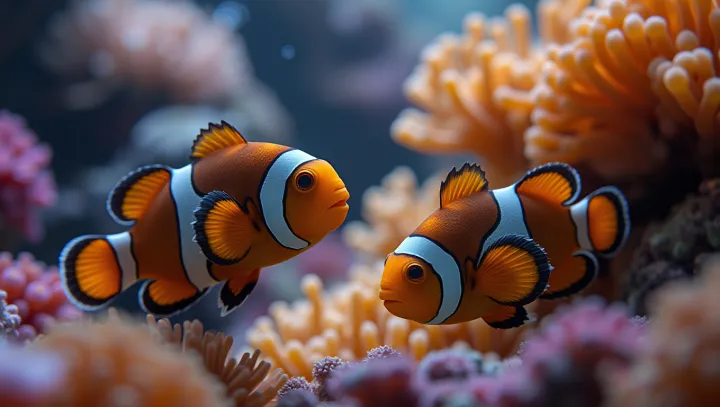Clownfish Schools: A Hierarchy Beneath the Waves

The tranquil oceans of the Great Barrier Reef harbor a world of intricate social structures, particularly within schools of clownfish. These vibrant fish, beloved for their symbiotic partnership with sea anemones, are paragons of a strictly adhered-to hierarchy that governs their existence beneath the waves. At the top of this intricate social ladder sits the dominant female, whose role is paramount in maintaining the order and stability within the school.
Below her reigns the most fertile male, poised to assume her position should she perish. This tiered system is meticulously adhered to, ensuring that only the fittest survive and reproduce, thereby maintaining the genetic robustness of the school. Marine biologists from the University of Queensland have delved into the nuances of this hierarchy, aiming to unravel the complexities of clownfish social dynamics.
Their research is shedding new light on how environmental factors and genetic predispositions influence social rankings. This not only advances scientific knowledge but also highlights the profound interconnectedness of marine ecosystems. As global climate patterns shift, understanding these dynamics becomes increasingly crucial.
The insights gained from studying clownfish may offer key indicators for the health of coral reefs and the biodiversity they support, underlining the critical importance of conserving these delicate ecosystems. The exploration of clownfish hierarchies does not merely satisfy scientific curiosity; it is a testament to the relentless quest for understanding the myriad lifeways of our planet. The balance struck by these lively creatures in their underwater dominions serves as a poignant reminder of the order hidden beneath nature's surface.
